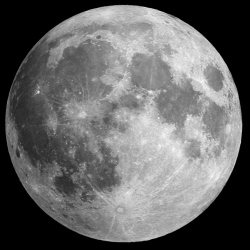
A team has confirmed the origin of organic matter found in lunar samples collected during the Apollo missions. It has long been known that the samples collected contained amino acids, but the technology to determine where they came from has not been available until now.
Amino acids are the building blocks of proteins, which are central to creating organic structures like skin and hair. When the organic matter was found in soil samples brought back from the moon during the Apollo missions, there was a big question mark over how exactly it had ended up there, as the environment on the Lunar surface is completely inhospitable to any known forms of life.
It’s generally accepted that there are four possibilities. Firstly, it’s possible that the solar wind, a weak charged particles from the sun, contained the constituent elements of amino acids, and landed them on the lunar surface, with them later forming together to form the organic matter.
The second possibility is similar to the first, but with the precursor molecules arriving on the Lunar surface from rocket exhaust, while the third postulates that they were delivered to the Moon via asteroids, which are thought to habor chemical reactions that create amino acids.
The final possibility has perhaps always been the most likely, that the organic compounds are simply the product of terrestrial contamination, from equipment brought to the moon during the Apollo missions, or introduced during handling when they arrived back on Earth.
When they were first analyzed, scientists were able to determine that the samples contained organic material, but technological limitations meant that they couldn’t ascertain their origin with any degree of certainty. With all the benefits of modern technology, the new team of researchers attacked the mystery once more.
Taking seven samples for analysis, the team first found that there were very low concentrations of amino acids present, between 105 to 1,910 parts per billion. Utilizing the high sensitivity of equipment in NASA’s Goddard Astrobiology Analytical Laboratory, the researchers were then able to determine the isotopic composition of the samples, which provided answers to the decades old mystery.
Analysis revealed that the samples contained more Carbon-12 isotopes than larger, less reactive Carbon-13, which correlates with what you would expect to find in terrestrial life. This essentially confirms that the organic matter originates from terrestrial contamination, rather than from asteroids, solar wind or rocket exhaust.
